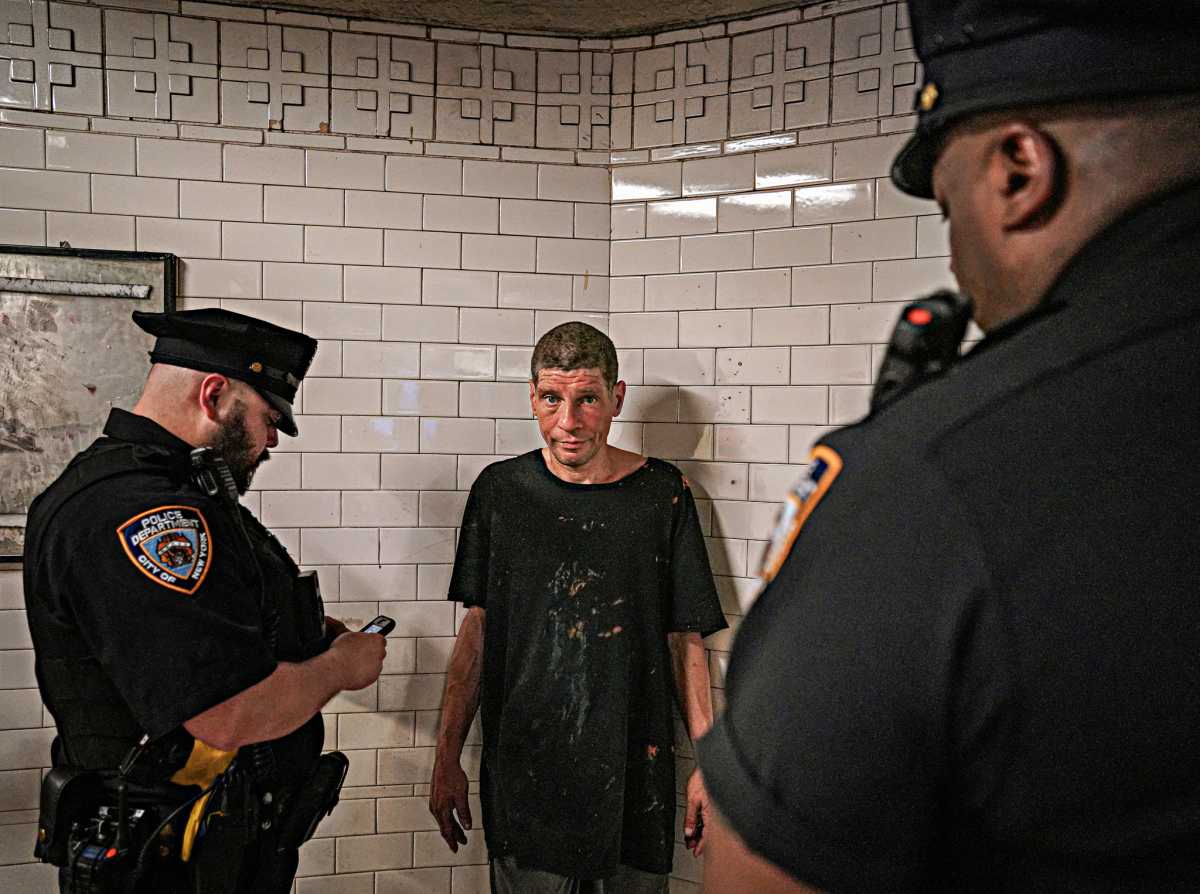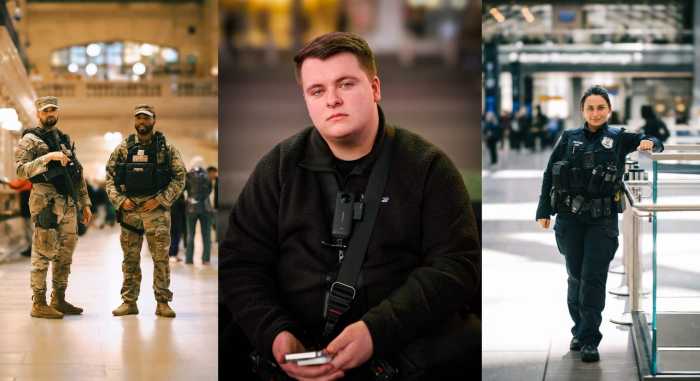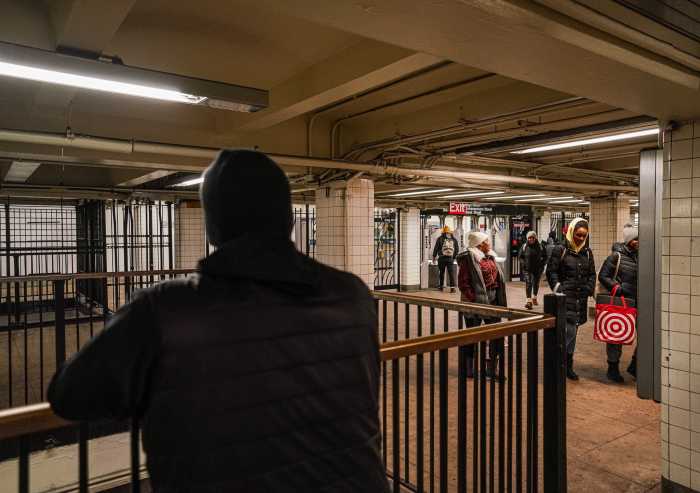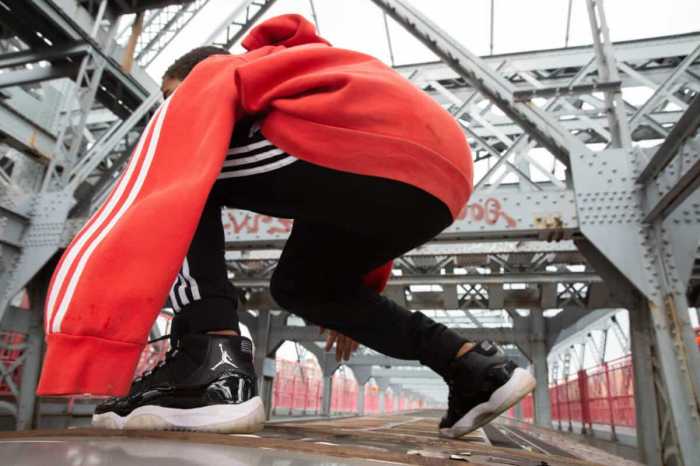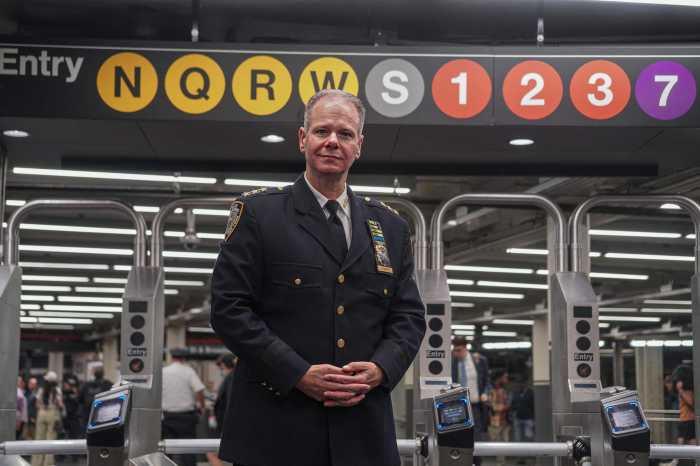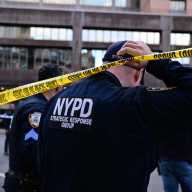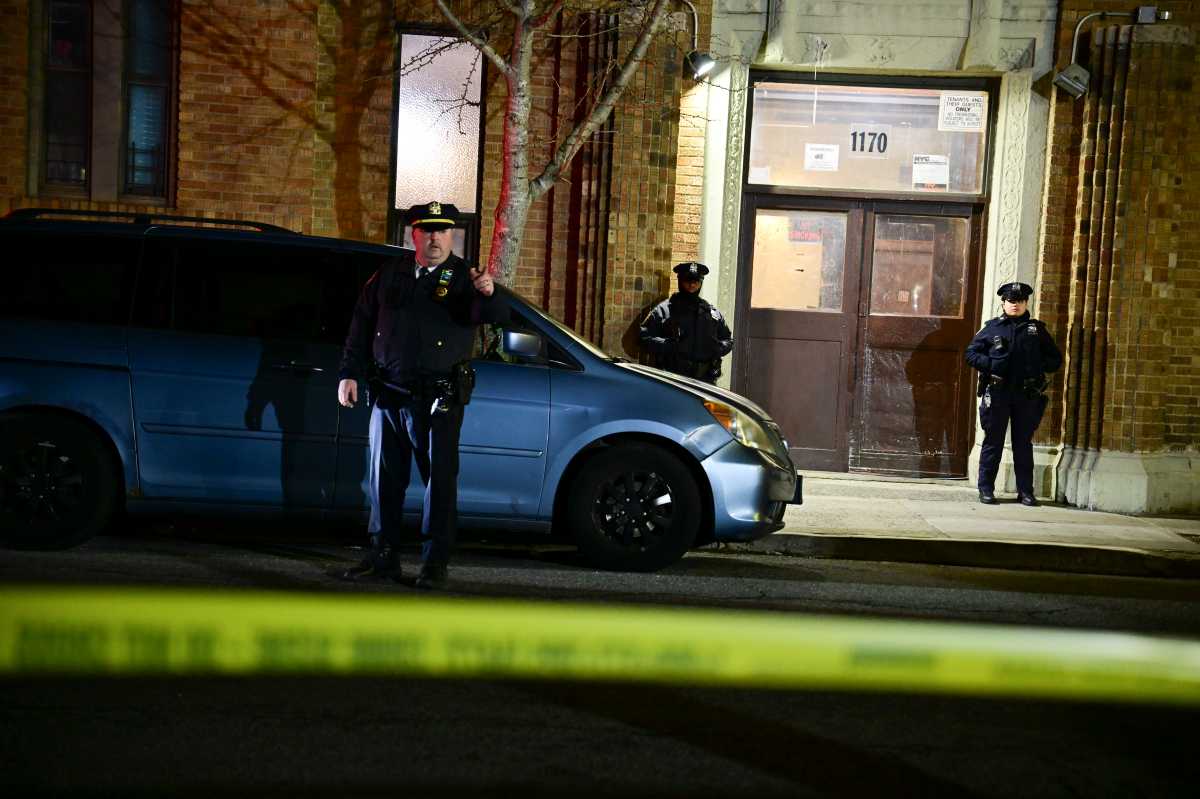New York City’s subways are safe, thanks in no small part to the NYPD’s efforts to keep them safe.
At the start of this year, subway crime spiked in January, and the NYPD sent up to 1,000 officers into the subway system every day to combat the rise in criminal activity. Thefts, assaults and even shootings plagued the system early — and the NYPD’s job was to catch the bad guys while also reinforcing confidence in New Yorkers that they can ride underground without fear of harm.
The NYPD’s effort worked exceptionally well. Over the first six months of 2024, transit crime is now down about 6% for the year. Assaults and thefts are down. The overwhelming majority of New Yorkers are getting around in the subways safely and enjoying peaceful commutes.
Much of the NYPD’s focus has been to stop fare evaders — people who hop the turnstiles or illegally enter the subway system through open emergency exit gates without paying the required $2.90 fare. While the vast majority of fare evaders are ordinary New Yorkers who were let off with verbal warnings or tickets, the police crackdown led to numerous arrests of armed and/or wanted individuals.
Those arrests meant fewer guns on the street, and a prevention of a more serious crime than fare evasion from occurring either in the transit system or aboveground. New Yorkers should take comfort in this, but not everyone feels so secure.
Criminal justice advocates continue to criticize the NYPD for its fare evasion crackdown, charging that it disproportionately targets both low-income residents and people of color. Data released in the fourth quarter of last year found that 66% of individuals given a fare evasion summons were either Black or Latino — groups that make up slightly more than half of the entire city population.
The implication that the NYPD is deliberately targeting Black or Latino New Yorkers while combating fare evasion is one that NYPD Chief of Transit Michael Kemper vehemently denied in his interview with amNewYork Metro published on Sunday.
Anyone caught jumping the turnstile or illegally entering a station through an open gate — regardless of who they are — ought to be stopped and questioned, because fare evasion is indeed a crime. Most fare evaders should continue to be let off with warnings or summonses, and only those found to have open arrest warrants or deadly weapons in their possession should be arrested.
But the NYPD can and should continue its laser focus on fare evasion in the subway system, because it is keeping transit riders safe from more serious offenses. While some may regret that cops have to do their job in this way, the bottom line is that ignoring fare evasion only leads everyone down a more dangerous road.
Read More: https://www.amny.com/editorial/



